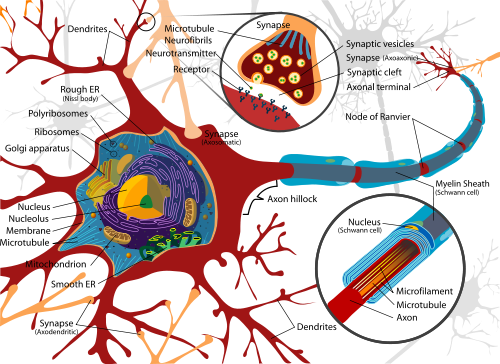Pesquisadores revelam manobras astutas do bacilo causador da hanseníase para se espalhar pelo corpo do hospedeiro. Em sua coluna de janeiro, Stevens Rehen comenta o estudo, o primeiro a descrever a reprogramação celular a partir de uma infecção natural bacteriana.
Por: Stevens Rehen
Publicado em 25/01/2013 | Atualizado em 25/01/2013

A bactéria ‘Mycobacterium leprae’ é causadora da hanseníase, doença que acarreta lesão neurológica caracterizada por perda sensorial e motora nos pacientes afetados. (imagem: Wikimedia Commons)
Diversos patógenos intracelulares evoluíram para subverter as funções de células hospedeiras em seu próprio benefício. Entre eles incluem-se os da tuberculose, da malária e da hanseníase.
A hanseníase é uma doença crônica causada pela Mycobacterium leprae, uma bactéria em forma de bacilo que inicia sua infecção a partir das células de Schwann, o que acarreta lesão neurológica caracterizada por perda sensorial e motora nos pacientes afetados.
Células de Schwann têm esse nome em homenagem a Theodor Schwann, pesquisador alemão responsável pela teoria celular e pela descrição original dessas células gliais, presentes no sistema nervoso periférico.
As células de Schwann podem envolver os neurônios, como a borracha que encapa um fio elétrico, formando uma bainha lipídica conhecida como mielina e que facilita a transmissão do impulso nervoso.

- As células de Schwann envolvem os neurônios como a borracha que encapa um fio elétrico, formando uma bainha lipídica conhecida como mielina e que facilita a transmissão do impulso nervoso. (esquema: Wikimedia Commons/ Quasar Jarosz – BY SA 3.0)/.../










